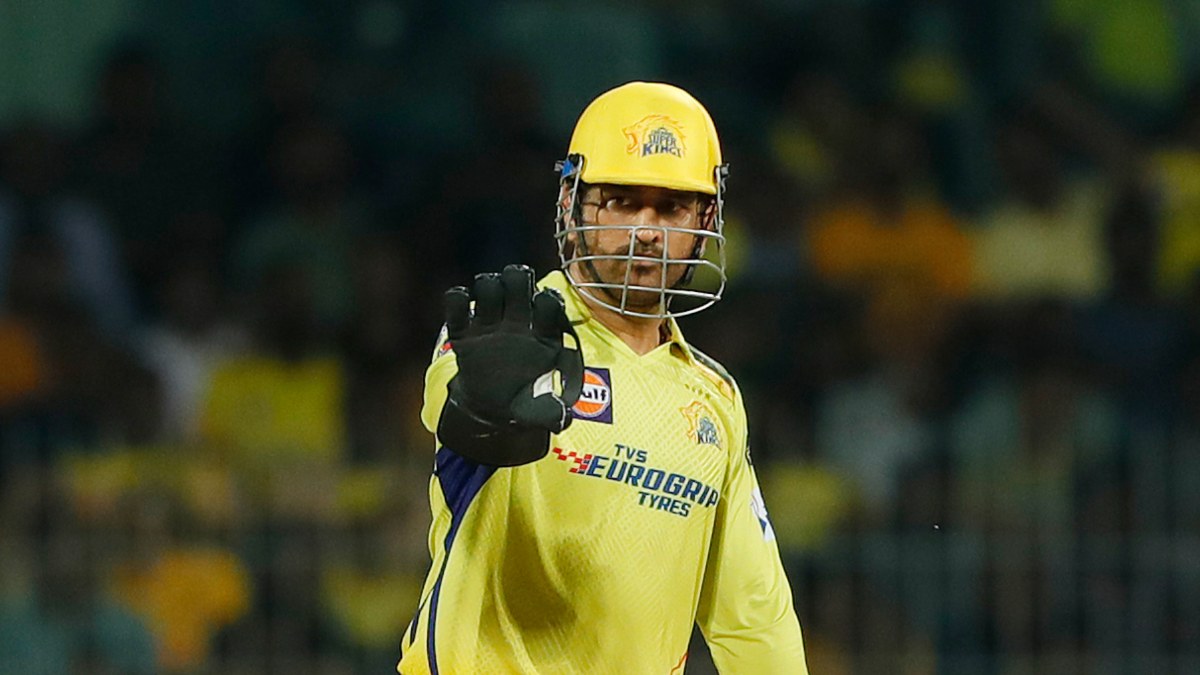Stuart Binny - the man every Indian cricket fan loves to hate - thought he had his first Test wicket in the first innings of the second Test when he had Angelo Mathews edged to slip. The celebration didn’t last long. He turned around to see the now-familiar walk of the main umpire with this walkie-talkie towards the leg-umpire - indication that the umpires are checking for a no-ball.
Binny, in fact, had overstepped. The wicket was not his anymore.
This has become an all too common sight in cricket these days. Steven Finn thought he had his 100th Test wicket in the Oval when he had Steven Smith dismissed but he had overstepped - by quite some distance - which was caught only on a replay.
“Bowlers are getting away with murder because they are getting closer and closer to the batsman the more they overstep, and the batsman could be undone by a ball he would otherwise hit,” said Michael Holding to Skysports after the more recent Ashes Test.
As a result, the umpires have been getting a lot of stick for not calling no-balls. Cricket fans collectively tear their hair apart when they see replays of deliveries that were so clearly no-balls but weren’t called.
“How hard can it be to call that a no-ball?”, we wonder.
Crucial point here, however, is the fans and commentators get the side-angle camera view on TV - in high-def, repeated slow-motion. As explained in this ESPNCricinfo feature , the umpires’ view of the front foot is not close to being as definitive.
With the help of pictures released by ICC from the umpires’ point of view of a few international bowlers’ delivery stride, the article discredits the notion that’s it easy for umpires to spot no-balls.
“In wanting to minimise the effects of an incorrect call, the committee has told on-field umpires to call no-balls only when they are certain no part of the foot has landed behind the line. That is, umpires would rather not call a no-ball and have it checked, than call one and be proven wrong, because that decision can’t be undone.”
David Lloyd, former England Test cricket and a prominent voice in television, says umpire’s positioning has a lot to do with this issue. “A solution - the match referee says to the team management and the captain - if there are a lot of no-balls, the umpire will exercise his right to stand in a position where he can see every act in which he judges upon and will no longer stand as a courtesy in a position where the bowler is comfortable. That’s the way forward,” Lloyd told Skysports.
While it is still up for debate as to how the unmpires will account for missing no-balls when its not a wicket-taking delivery, there is a case to be made for understanding the difficulty these umpires are facing.
And if the third Test between India and Sri Lanka is anything to go by - where more than 15 no-balls have been called - it’s perhaps unfair to say the umpires just don’t call them anymore.
Click here to read the detailed ESPNCricinfo article, with pictures showing the challenge facing the umpires.


)




)
)
)
)
)
)
)
)